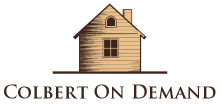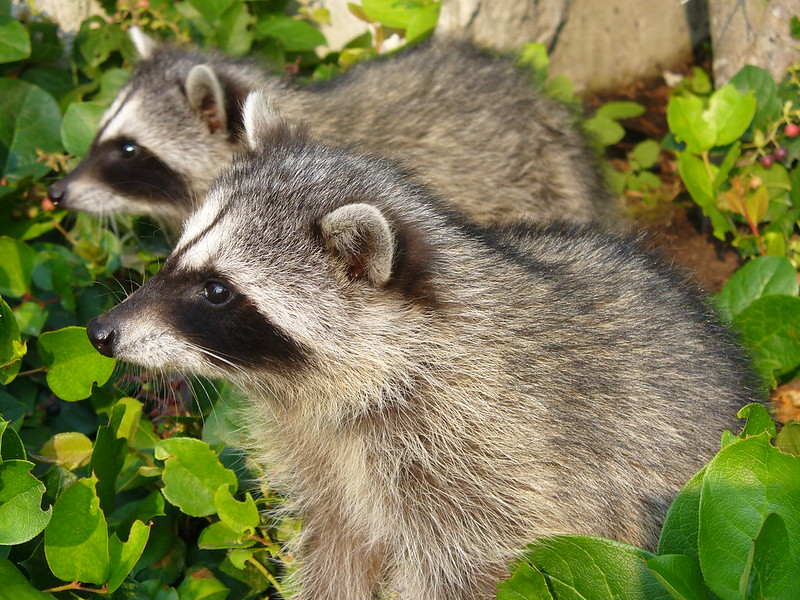Wild animals can be more than a nuisance when they decide to invade your home. Some are incredibly destructive while others transmit diseases. When they breach your fence, they can chew holes in soffits and siding, breed in the attic, and even damage the lush trees in your yard.
Whether they’re escaping the sweltering heat or freezing cold outside, pests can turn your life outside down and leave you with extensive damage. If you hear the gnawing sounds or pitter-patter footsteps of these five harmful wild animals, act fast to remove them.

Which Animals Cause the Most Damage to Your Home Created By: Ohio Basement Systems
Rodents
Mice and rats are the most notorious. And they can squeeze their way through dime-size holes in the siding or foundation. When these invade your home they will chew electrical wires, ruin storage, rip the insulation, and damage your furniture. Rodents are thought to cause up to 25% of mystery fires.
In addition they also leave behind fecal matter and urine, which can contaminate your water and food. Because mice and rats breed so fast, you could end up with over a dozen little fellows chewing your stuffing before you know what’s happening. Seal any exterior openings or holes and set catch-and-release mouse traps right on the entry points.
Bats
Bats are nocturnal. While they don’t chew on structures, their urine and guano can accumulate and lead to waste dripping. These secretions can ruin your insulation, ceiling, and particle board, eventually causing the interior of your home to collapse. If you spot bats on your roof, chances are they have begun to roost in the attic. To chase them, place an open jar of vapor rub product on the attic’s entry point. Cough drops is another powerful deterrent as it releases menthol oils that bats hate.
Raccoons
Left unchecked, raccoons can damage the structure of your home starting from the outside. They will tear off roof shingles and fascia boards, damage ventilators, and slash through insulation with their claws. To stop them, plug gaps and holes on your foundation, walls, and basement. Seal gaps around your window and doors frames. Don’t forget to caul holes around pipes that lead to various appliances. If there’s any open insulation, cover it so raccoons won’t turn them into their nesting ground.
Squirrels
While we all love the antics of these agile creatures, the sight of squirrel holes on our insulation, ducts, and wiring can drive anyone mad. These creatures will use trees and walls as staging areas to get to the attic. You can stop them by eliminating food sources and make access to your home difficult. Trim tree branches and install guards on wires that lead to your house. If there’s a serious invasion, call professionals to trap and remove them.
Woodpeckers
Woodpeckers can drive you crazy with their incessant drumming. Acorn woodpeckers are known to hammer holes in houses to store acorns. But they also hammer to make a loud noise that marks the bird’s territory and attracts a mate. Wood isn’t the only material in danger of attack. Electrical wires and plumbing behind the house siding are at risk.
Woodpeckers don’t like shiny objects or weird sounds. Flashing the siding or the wood they’re hammering with metal will deter them. Cavity-type nest boxes will also encourage them to abandon your home.
If you’re concerned that pests and wildlife will invade your home, contact animal control professionals in your area for help. Better still, seal exposed areas like the crawl space including vents as pests can use them as staging areas to get to your home.
Conclusion
Like it or not, wild animals will always stray and try to make themselves comfortable in your home. You shouldn’t give them a chance as they can cause structural decay and damage, which is costly to fix.


